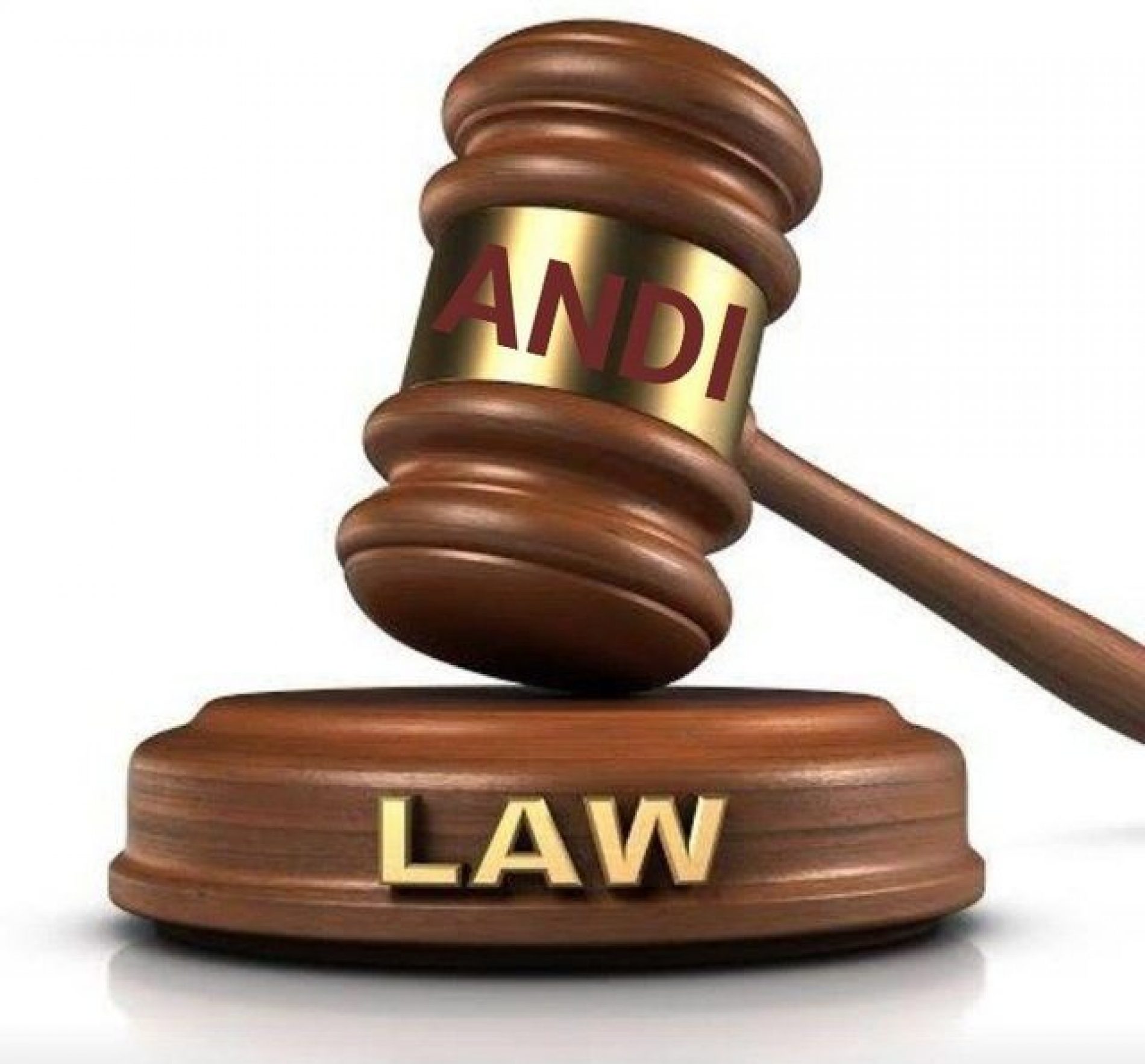Strategy to face Surseance van betaling

Surrseance van betaling which in english version is called Suspension of Payment of Debt had been known since 1848. In the US it is enacted into Chapter XI.
Surseance van betaling can be filed either by creditors (more than one) or by the debitor it self. The rule is that there must exist at least 2 creditors and one of the debts has been due and payable.
The debts must be summary in nature and the petition is to Commercial. Court but in Europe, USA or even in Spore the conditions to be met is not only exisstence of at least 2 creditors
In Spore, minimum debt is 15.000 Sin Dollar. In Germany, 750 Deutch mark. And the petition is not umder Commercial Court.
In Surseance van Betaling or we call it PKPU, the Administrator shall summon all creditors to file and prove the bases of their claim for the Administrator to review. The Administrator shall verify all of the bases of the claim.
The creditors may be local or international corporation with whom the Administrator shall treat them all equally and prorata.
In a PKPU.
May be the debts are big enough like that of Garuda amounting to Rp 142 Trilion. The Petitionee needs to have quality business consultant to plan. Which ones of the branches of a company that need to be maintained. The rest to be sold out based on approval of Administrator and Supervisory judge.
In the case of Garuda with debt of Rp 142 Trlion. Restructing was the solution and in fact Meeting of Creditors, local and overseas, agreed.
So the strategy to save a company under PKPU is to restudy all of the business then prepare a workable Restructuring Plan. If the Petionee fails then. The company will be liquidated.
The Administrator becomes the Receiver who role is to maximise the asset or boedel. Therefore if he learned there was a violation of fiduciary duties and or malltrading and or illegal transfer he will file actio pauliana as stipulated in art 42 of insolvency law.
Jkt 16.10.2023
Henry Sitanggang
Email: hstglawfirm@gmail.com





